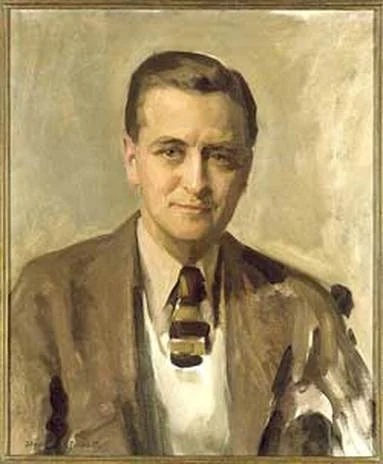The Cartographic Cudgel: New York, New England, and Colonial Boundary Disputes
By Nathan Braccio
In many senses, New York (and New Amsterdam/New Netherlands) should be considered the center of cartography in Colonial North America. Starting with the skilled Dutch cartographers, the mapping of New York was more regular and detailed then that of other colonies, including its neighbors in New England. As Patricia Seed has argued, the Dutch believed detailed records legitimized their claim to the region.[1] English colonists in New England did not treat maps the same way. They came from more parochial backgrounds in which maps were novelties and curiosities, not useful tools. However, when New York fell into English hands, a different kind of Englishman arrived there. Its new administrators, such as Governor Edmund Andros, were not parochial English townsmen like their New England neighbors. Like the Dutch, they saw the power of maps and wielded them as powerful weapons. The New York City-based administration of Andros would eventually come to export mapping as a tool and force the colonists of the region to acknowledge their import. Under Andros and other governors sent from England, both New York and New England became visualized through countless property maps and detailed maps of the boundaries between colonies.
Read More









